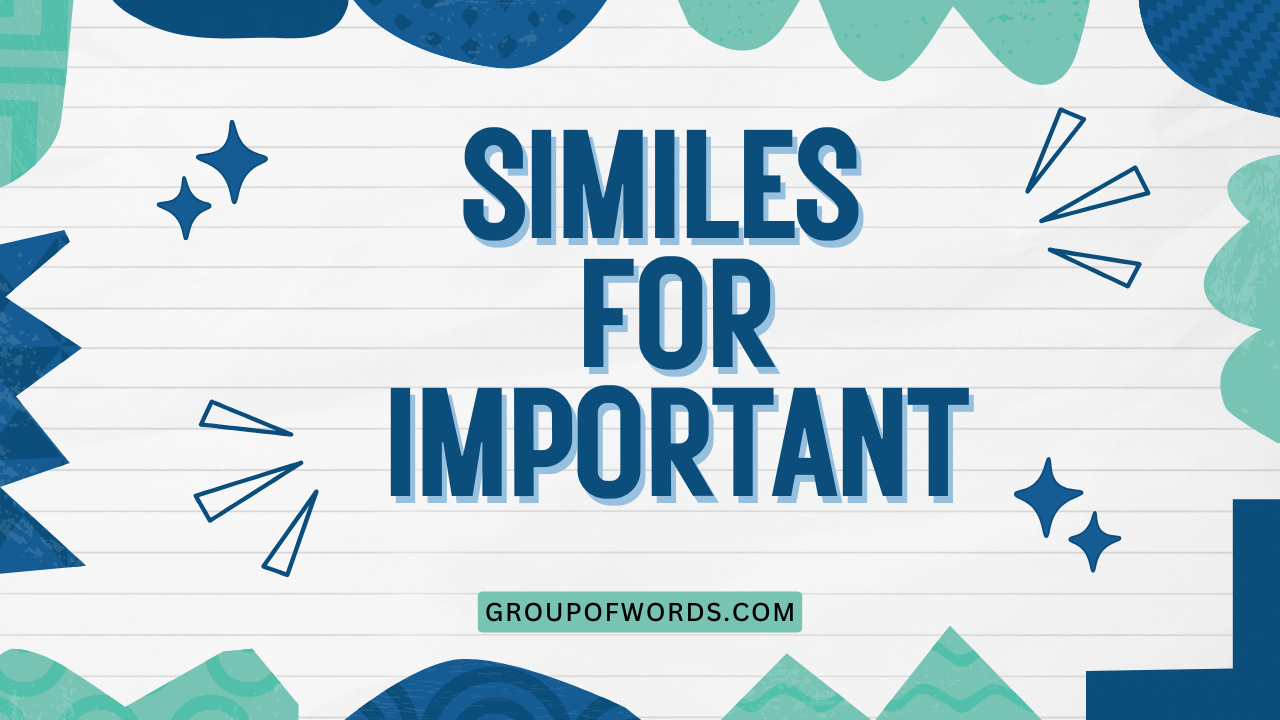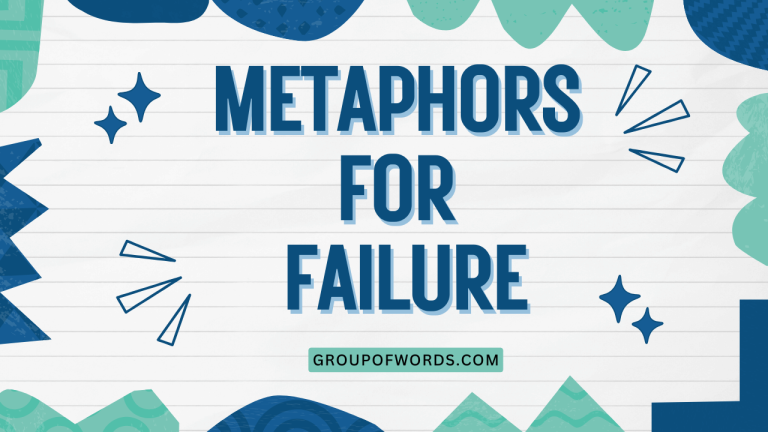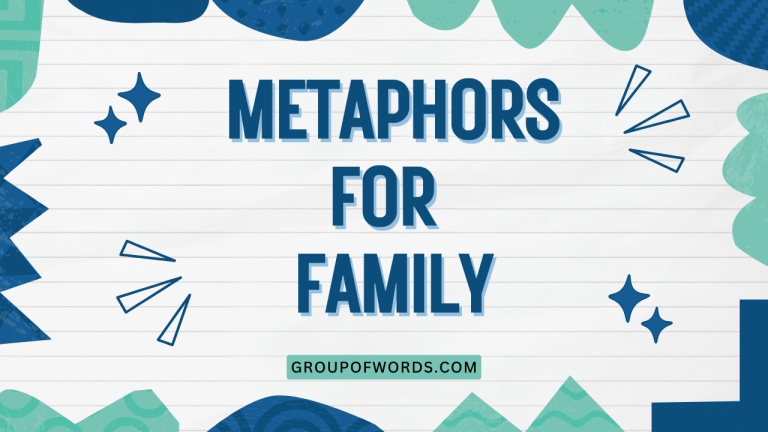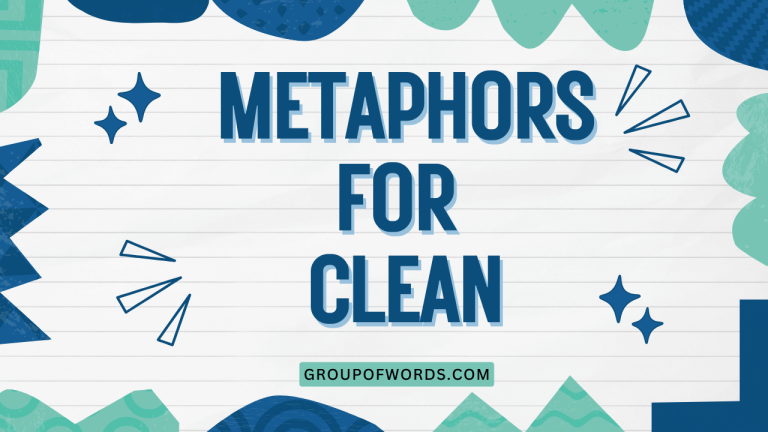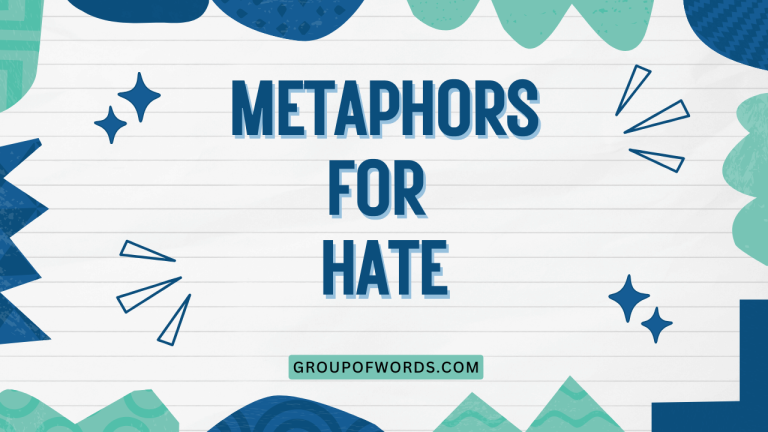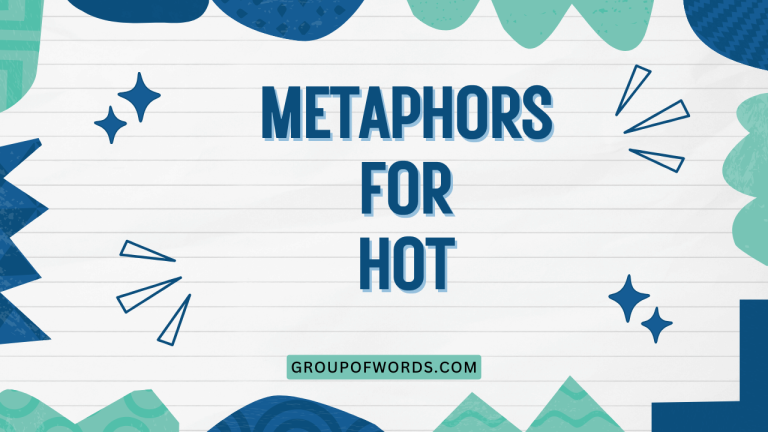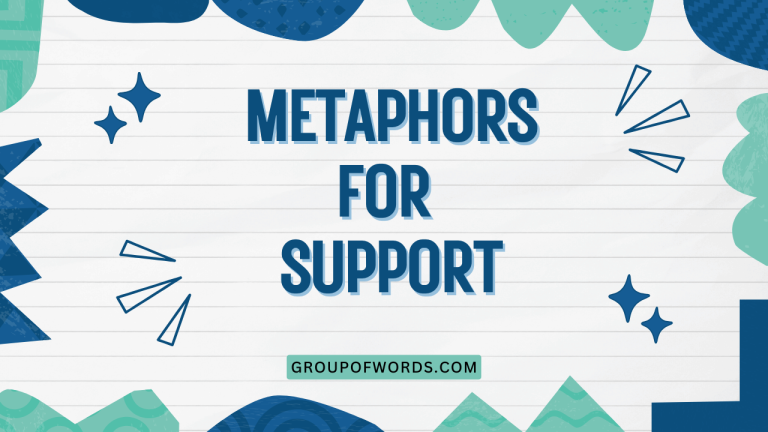Similes for “Important”: A Comprehensive Guide
Understanding how to use similes effectively is crucial for enriching your writing and speech. Similes add color, depth, and emphasis, making your communication more engaging and memorable.
This article focuses specifically on similes that convey the idea of “importance.” Mastering these similes will allow you to express the significance of something in a vivid and compelling way. This guide is designed for English language learners of all levels, from beginners looking to expand their vocabulary to advanced speakers aiming to refine their stylistic skills.
By the end of this article, you’ll have a solid grasp of how to use similes to illustrate importance with creativity and precision.
This guide is structured to provide a deep dive into the world of similes, particularly those related to the concept of importance. We will explore various facets, from the basic definition and function of similes to advanced applications and common pitfalls.
Through numerous examples, practical exercises, and clear explanations, you will learn to recognize, understand, and effectively employ similes to elevate your communication skills.
Table of Contents
- Definition of Simile
- Structural Breakdown of Similes
- Types of Similes for “Important”
- Examples of Similes for “Important”
- Usage Rules for Similes
- Common Mistakes When Using Similes
- Practice Exercises
- Advanced Topics: Nuance and Subtlety
- Frequently Asked Questions
- Conclusion
Definition of Simile
A simile is a figure of speech that compares two unlike things using the words “like” or “as.” Its primary function is to create a vivid image or enhance understanding by drawing a parallel between something familiar and something less so. Similes bring abstract concepts to life, making them more accessible and relatable to the audience.
They are a powerful tool in both writing and speech, adding color, depth, and persuasive power to communication.
In essence, a simile asserts a similarity between two distinct entities. The comparison is not meant to be taken literally; rather, it aims to highlight a particular quality or characteristic that the two share.
This metaphorical comparison allows for a more evocative and impactful expression than a simple statement of fact. Understanding the nuanced use of similes is key to mastering effective communication in English.
Structural Breakdown of Similes
The basic structure of a simile consists of three key components: the subject being described, the linking word (“like” or “as”), and the object of comparison. The subject is the entity whose importance we want to emphasize. The linking word establishes the comparison. The object of comparison is something that possesses a quality strongly associated with importance.
The formula can be represented as follows:
[Subject] + [Linking Word] + [Object of Comparison]
For example, in the simile “This decision is as important as life itself,” “This decision” is the subject, “as” is the linking word, and “life itself” is the object of comparison. The entire simile conveys the gravity and significance of the decision being made.
The effectiveness of a simile hinges on the clarity and relevance of the comparison. The object of comparison should resonate with the audience and evoke a strong sense of the quality being emphasized.
A well-constructed simile can transform a mundane statement into a powerful and memorable image.
Types of Similes for “Important”
Similes conveying importance can be categorized based on the specific aspect of importance they highlight. These categories include:
Highlighting Significance
These similes emphasize the overall significance or consequence of something.
Highlighting Necessity
These similes stress that something is absolutely essential or indispensable.
Highlighting Value
These similes focus on the worth or preciousness of something.
Highlighting Urgency
These similes convey a sense of immediate and critical importance.
Highlighting Impact
These similes illustrate the profound effect or influence of something.
Understanding these different categories allows you to choose the most appropriate simile to express the specific nuance of importance you wish to convey. The context of your communication will often dictate which type of simile is most effective.
Examples of Similes for “Important”
The following tables provide a wide range of examples of similes that convey the idea of “important,” categorized by the specific aspect of importance they highlight. Each example is designed to illustrate the different ways you can use similes to add depth and impact to your writing and speech.
Examples Highlighting Significance
This table provides similes that emphasize the overall significance or consequence of something. They highlight the importance of decisions, events, or actions by comparing them to things that are universally recognized as significant.
| Simile | Explanation |
|---|---|
| As important as life itself | Emphasizes the fundamental significance, suggesting survival depends on it. |
| As crucial as a heartbeat | Highlights the vital nature, implying immediate and dire consequences if lacking. |
| As significant as a turning point in history | Indicates a moment that will drastically alter the course of events. |
| As weighty as a judge’s gavel | Suggests the authority and finality of a decision. |
| As momentous as a declaration of war | Conveys the gravity and far-reaching implications of an action. |
| As pivotal as the invention of the printing press | Implies the potential for widespread and revolutionary change. |
| As consequential as a Supreme Court ruling | Highlights the legal and societal impact of a decision. |
| As profound as a near-death experience | Suggests a life-altering and deeply impactful event. |
| As telling as a lie detector test | Emphasizes the revealing and decisive nature of a piece of evidence. |
| As essential as air to breathe | Highlights the indispensable nature of something. |
| As critical as the captain of a ship | Implies that the success of something depends on this. |
| As vital as water to the desert | Highlights the life-saving importance of something. |
| As key as the first step | Implies that this is the most important thing to do at the moment. |
| As fundamental as human rights | Highlights the basic aspect of something. |
| As groundbreaking as the first flight | Indicates a revolutionary moment. |
| As game-changing as the internet | Implies that something will change the rules. |
| As historic as the fall of the Berlin wall | Highlights the importance of a past event. |
| As influential as a celebrity endorsement | Shows that something has influence over a group of people. |
| As meaningful as a wedding | Shows a special moment. |
| As cherished as a family heirloom | Implies that something is treasured. |
| As priceless as a work of art | Highlights the value of something. |
| As treasured as a memory | Indicates a sentimental value. |
| As urgent as a fire alarm | Emphasizes the need for immediate action. |
| As pressing as an emergency room | Highlights the need for immediate aid. |
| As immediate as a heart attack | Implies that something must be dealt with quickly. |
| As powerful as a tsunami | Emphasizes the destructive impact of something. |
| As transformative as a caterpillar to butterfly | Highlights the power of something to cause a change. |
| As life-altering as a lottery win | Indicates that something will change everything. |
Examples Highlighting Necessity
The following similes underscore the essential or indispensable nature of something. They emphasize that without it, something else cannot function or survive.
| Simile | Explanation |
|---|---|
| As necessary as water to a plant | Highlights the vital role in sustaining life or growth. |
| As essential as sleep to the body | Emphasizes the restorative and fundamental requirement. |
| As crucial as oxygen to breathing | Implies an absolute dependence for survival. |
| As vital as a foundation to a building | Underlines the supporting and indispensable role. |
| As integral as a key to a lock | Suggests that something is essential for unlocking potential or solving a problem. |
| As fundamental as roots to a tree | Highlights the grounding and sustaining nature. |
| As indispensable as a compass to a sailor | Emphasizes the guiding and navigational necessity. |
| As requisite as a license to drive | Indicates a mandatory condition for participation. |
| As crucial as the engine to a car | Suggests that something is required for functionality. |
| As important as a vaccine to prevent disease | Highlights the preventative necessity. |
| As critical as a doctor in an emergency | Emphasizes the need for immediate expertise. |
| As vital as sunlight to photosynthesis | Implies that something is needed for a process. |
| As key as a password to a computer | Suggests that something grants access. |
| As fundamental as reading to learning | Highlights the basic aspect of something. |
| As necessary as food to survival | Highlights the vital role in staying alive. |
| As essential as exercise to health | Emphasizes the restorative and fundamental requirement for good health. |
| As crucial as studying for an exam | Implies that you will fail if you don’t do this. |
| As vital as teamwork to winning | Underlines the supporting and indispensable role in a team. |
| As integral as a plan to success | Suggests that something is essential for unlocking potential or succeeding. |
| As fundamental as love to happiness | Highlights the grounding and sustaining nature for happiness. |
| As indispensable as technology to progress | Emphasizes the guiding and navigational necessity for moving forward. |
| As requisite as a ticket to enter | Indicates a mandatory condition for gaining access. |
| As crucial as the chef to a restaurant | Suggests that something is required for functionality of the business. |
| As important as a seatbelt to prevent injury | Highlights the preventative necessity. |
| As critical as a mechanic to fix a car | Emphasizes the need for immediate expertise when something is broken. |
| As vital as fertilizer to grow a plant | Implies that something is needed for a process. |
| As key as a map to finding your way | Suggests that something grants access to the right path. |
| As fundamental as communication to a relationship | Highlights the basic aspect of something. |
Examples Highlighting Value
These similes emphasize the worth or preciousness of something, often associating it with things that are universally valued or cherished.
| Simile | Explanation |
|---|---|
| As valuable as gold | Highlights the monetary or intrinsic worth. |
| As precious as a rare gem | Emphasizes the rarity and desirability. |
| As cherished as a family heirloom | Highlights the sentimental and historical significance. |
| As priceless as a work of art | Indicates the irreplaceable and inestimable value. |
| As treasured as a memory | Suggests a deep emotional attachment and personal significance. |
| As invaluable as wisdom | Highlights the practical and insightful worth. |
| As esteemed as a Nobel Prize | Emphasizes the recognition and prestige. |
| As revered as a religious icon | Suggests a deep respect and veneration. |
| As meaningful as a heartfelt gift | Highlights the emotional and personal value. |
| As significant as a milestone achievement | Emphasizes the importance of reaching a goal. |
| As useful as a Swiss Army knife | Highlights the versatility and practical value. |
| As beneficial as getting a good education | Implies that something is needed for a better future. |
| As advantageous as having a mentor | Suggests that something grants access to help. |
| As fundamental as honesty to ethics | Highlights the basic aspect of something. |
| As valuable as love | Highlights the emotional worth. |
| As precious as time | Emphasizes the rarity and fleeting nature. |
| As cherished as a photograph | Highlights the sentimental and historical significance of something that has happened in the past. |
| As priceless as happiness | Indicates the irreplaceable and inestimable value of being happy. |
| As treasured as friendship | Suggests a deep emotional attachment and personal significance. |
| As invaluable as experience | Highlights the practical and insightful worth of learning by doing. |
| As esteemed as a Pulitizer Prize | Emphasizes the recognition and prestige of the award for journalism. |
| As revered as a leader | Suggests a deep respect and veneration. |
| As meaningful as a compliment | Highlights the emotional and personal value. |
| As significant as a graduation | Emphasizes the importance of reaching a goal. |
| As useful as a computer | Highlights the versatility and practical value. |
| As beneficial as getting a good night’s sleep | Implies that something is needed for a better future. |
| As advantageous as having a tutor | Suggests that something grants access to help. |
| As fundamental as respect to a relationship | Highlights the basic aspect of something. |
Usage Rules for Similes
While similes offer creative freedom, adherence to certain rules ensures clarity and effectiveness:
- Clarity of Comparison: The connection between the subject and object of comparison should be readily apparent. Avoid obscure or far-fetched comparisons.
- Relevance: The shared characteristic should be relevant to the point you’re trying to make.
- Originality: Strive for fresh and imaginative similes to avoid clichés. Overused similes lose their impact.
- Contextual Appropriateness: The tone and style of the simile should align with the overall context of your writing or speech.
- Avoid Overuse: While effective, too many similes can clutter your writing and distract the reader.
By following these guidelines, you can ensure that your similes enhance rather than detract from your message. The key is to use them judiciously and with careful consideration of their impact on the audience.
Common Mistakes When Using Similes
Several common errors can undermine the effectiveness of similes:
- Using Clichés: Overused similes like “as busy as a bee” or “as strong as an ox” lack originality and impact.
- Illogical Comparisons: The connection between the subject and object must be logical and understandable.
- Mixing Metaphors and Similes: While related, metaphors and similes are distinct. Avoid blending them inappropriately.
- Overcomplicating: Keep your similes concise and easy to understand. Avoid overly complex or convoluted comparisons.
- Redundancy: Avoid stating the obvious. The simile should add something new or insightful to the description.
Let’s look at some examples of correct versus incorrect usage:
| Incorrect | Correct | Explanation |
|---|---|---|
| This issue is as important as a house. | This issue is as important as the foundation of a house. | The original comparison is vague. The revised version specifies the aspect of the house that makes it important. |
| The meeting was as important as anything. | The meeting was as important as securing the company’s future. | “Anything” is too broad. The revised version provides a specific and meaningful comparison. |
| Her role is as important as important. | Her role is as important as the CEO’s. | The original is redundant. The revised version provides a clear comparison. |
| This document is like something important. | This document is as important as a contract. | The original does not make sense. The revised version is more clear. |
| The task is important like a thing. | The task is as important as eating. | The original makes no sense. The revised version is clear. |
Practice Exercises
Test your understanding of similes for “important” with the following exercises. Choose the best simile to complete each sentence, or create your own.
Exercise 1: Multiple Choice
Choose the best simile to complete each sentence.
| Question | Options | Answer |
|---|---|---|
| Having a mentor is ______ to career success. | a) as heavy as a feather b) as important as a compass to a sailor c) as cold as ice | b) as important as a compass to a sailor |
| This decision is ______ to our company’s future. | a) as green as grass b) as crucial as a heartbeat c) as slow as a snail | b) as crucial as a heartbeat |
| Clean water is ______ to human survival. | a) as tall as a tree b) as necessary as water to a plant c) as loud as thunder | b) as necessary as water to a plant |
| Honesty and trust are ______ to a healthy relationship. | a) as bright as the sun b) as valuable as gold c) as rough as sandpaper | b) as valuable as gold |
| Taking immediate action is ______ in this emergency situation. | a) as soft as a pillow b) as urgent as a fire alarm c) as blue as the sky | b) as urgent as a fire alarm |
| The impact of climate change is ______ to the future of our planet. | a) as light as air b) as powerful as a tsunami c) as clear as mud | b) as powerful as a tsunami |
| Education is ______ to personal growth and development. | a) as sweet as honey b) as beneficial as getting a good education c) as sharp as a knife | b) as beneficial as getting a good education |
| Having a strong foundation is ______ to building a successful business. | a) as fragile as glass b) as vital as a foundation to a building c) as quiet as a mouse | b) as vital as a foundation to a building |
| The role of a leader is ______ to the success of a team. | a) as simple as ABC b) as critical as the captain of a ship c) as complex as rocket science | b) as critical as the captain of a ship |
| Protecting endangered species is ______ to maintaining biodiversity. | a) as common as dirt b) as essential as air to breathe c) as rare as hen’s teeth | b) as essential as air to breathe |
Exercise 2: Sentence Completion
Complete the following sentences with an appropriate simile for “important.”
| Question | Answer |
|---|---|
| For a plant to grow, sunlight is __________. | For a plant to grow, sunlight is as vital as sunlight to photosynthesis. |
| The first step in achieving a goal is __________. | The first step in achieving a goal is as key as the first step. |
| Human rights are __________. | Human rights are as fundamental as human rights. |
| The invention of the airplane was __________. | The invention of the airplane was as groundbreaking as the first flight. |
| The internet is __________. | The internet is as game-changing as the internet. |
| The fall of the Berlin wall was __________. | The fall of the Berlin wall was as historic as the fall of the Berlin wall. |
| A celebrity endorsement is __________. | A celebrity endorsement is as influential as a celebrity endorsement. |
| A wedding is __________. | A wedding is as meaningful as a wedding. |
| A family heirloom is __________. | A family heirloom is as cherished as a family heirloom. |
| A work of art is __________. | A work of art is as priceless as a work of art. |
Advanced Topics: Nuance and Subtlety
At an advanced level, using similes effectively involves understanding nuance and subtlety. This means choosing similes that not only convey importance but also add layers of meaning or emotional resonance to your communication.
It also means avoiding the obvious and instead crafting similes that are both original and insightful.
To achieve this, consider the specific context and audience. A simile that resonates with one audience may fall flat with another.
Pay attention to the connotations of the words you use and how they might be interpreted by different people. Experiment with unusual or unexpected comparisons to create a more memorable and impactful effect.
For example, instead of saying “This project is as important as meeting the deadline,” you might say “This project is as important as the air we breathe in a drowning room.” The latter simile is more evocative and creates a sense of urgency and desperation that the former lacks. The advanced use of similes is an art form that requires practice, creativity, and a deep understanding of language.
Frequently Asked Questions
Here are some frequently asked questions about using similes:
- What is the difference between a simile and a metaphor?
A simile compares two things using “like” or “as,” while a metaphor directly equates them without using those words. For example, “He is as brave as a lion” is a simile, while “He is a lion on the battlefield” is a metaphor.
- Can a simile be too long or complex?
Yes, a simile should be concise and easy to understand. Overly long or complex similes can confuse the reader and detract from your message. Aim for clarity and simplicity.
- How can I avoid using clichés in my similes?
The best way to avoid clichés is to brainstorm fresh and original comparisons. Think about the specific quality you want to emphasize and try to come up with unique and unexpected associations. Reading widely and exposing yourself to different writing styles can also help.
- Is it okay to use similes in formal writing?
Yes, similes can be used in formal writing, but use them judiciously and choose similes that are appropriate for the tone and audience. Avoid overly casual or colloquial comparisons.
- How do I know if a simile is effective?
An effective simile should create a vivid image or enhance understanding. It should also be relevant to the point you’re trying to make and resonate with the audience. If the simile feels forced or awkward, it’s probably not working.
- Can I use similes in everyday conversation?
Yes, similes can add color and interest to your everyday conversations. Just be mindful of your audience and choose similes that they will understand and appreciate.
- What if I am unsure of the meaning of a simile?
If you are unsure of a simile, it is best to avoid using it. Look up the meaning or ask a language expert. Using a simile incorrectly can be confusing or even humorous.
- Can I make up my own similes?
Yes! This is a great way to practice your English and improve your creativity. Start by thinking of some qualities you want to describe, and then think of things that have those qualities.
Conclusion
Mastering the use of similes, particularly those that convey importance, is a valuable skill for any English language learner. By understanding the structure, types, and usage rules of similes, you can add depth, color, and impact to your writing and speech.
Remember to strive for clarity, originality, and contextual appropriateness in your comparisons.
Practice is key to developing your ability to use similes effectively. Experiment with different comparisons, pay attention to the nuances of language, and seek feedback from others.
With time and effort, you can become a master of simile and elevate your communication skills to new heights. Remember to avoid overuse and clichés, and always consider your audience when choosing your similes.
